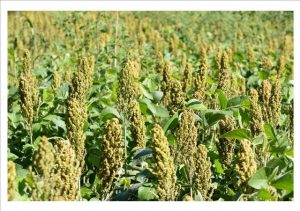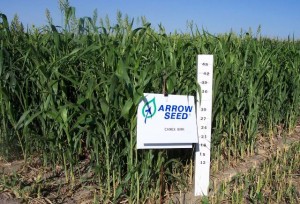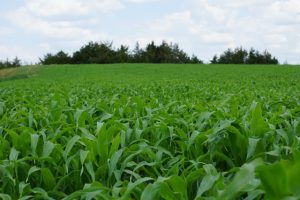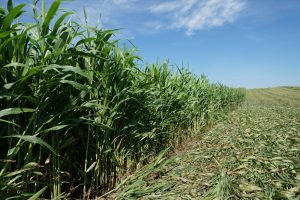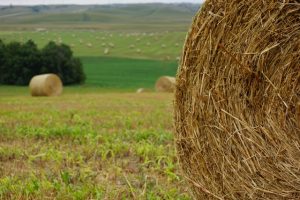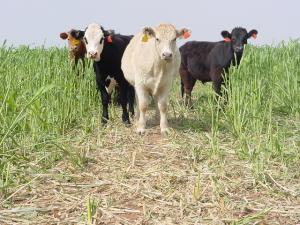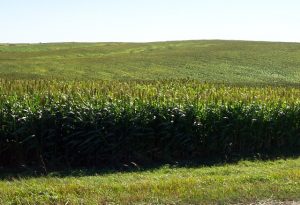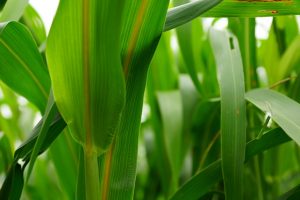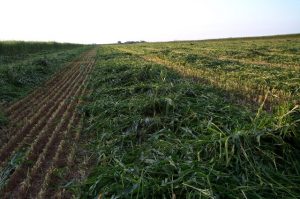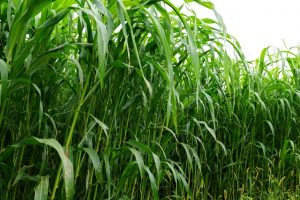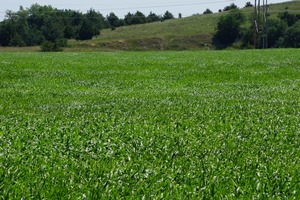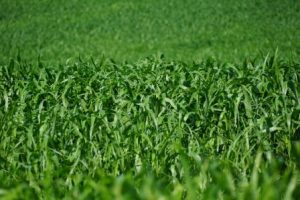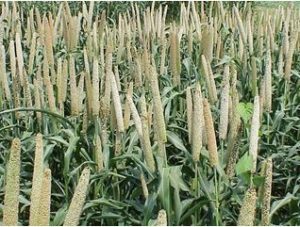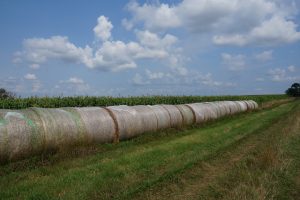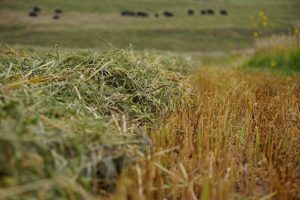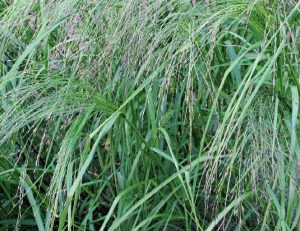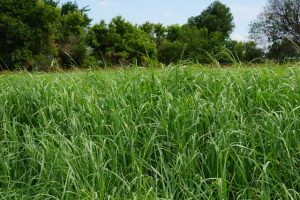Summer Annual Forages
Summer Annual Forages are used for summer pasture, green chop, hay, silage, and winter pasture. They are often used as sources of emergency forage. In addition, residues of summer annuals make an excellent seedbed mulch for new stands of perennial grass, particularly in sandy soils.
The Summer Annuals that are most often used for forage in Nebraska are Sorghum-Sudangrass Hybrids, Forage Sorghums, Foxtail Millet, Hybrid Pearl Millet, Sudangrass, and Hybrid Sudangrass. Each of these grasses have unique growth characteristics that require proper management for optimum production. Some of the desirable characteristics of summer annuals are rapid growth (especially in mid-season), excellent drought resistance, and good response to fertilizer and water. Alkali soils can reduce yields considerably, but plants will tolerate a moderate amount of salinity.
Summer Annual Forages are well adapted to most areas of the state and grow rapidly following planting in late May or June. They provide good growth from mid-July through August, and then moderate growth until stopped by fall frost. Hybrid Pearl Millet is the only Summer Annual Forage that is safe for pasturing horses.
Sorghum-Sudangrass Hybrids produce about the same amount of feed as Sudangrass when used for pasture. when used for green chopped forage however the yields of Sorghum-Sudangrass hybrids usually exceed Sudangrass or Forage Sorghum. Making Sorghum-Sudangrass into hay can be difficult because drying time is slower than that of Sudangrass. Some taller growing Forage Sorghums with high grain yields are best used for silage.
New breeding in summer forages has increased palatability and feed conversion (Brown Mid Rib trait (BMR)) and added to management flexibility (photo period sensitivity). Because of the wide range of plant types, regrowth characteristics and maturity range it is critical that the producer carefully select the summer annual species that will best fit his needs, expectations, and production resources.
2024 Summer Annual Forage Guide
Delay Planting Summer Annuals Until Warmer Temperatures are the Norm!
Forage producers who just planted their corn and soybeans may be eager and rush to plant their summer annual forage grasses next. With these grasses, too early is too bad.
Summer annual forage crops — like sudangrass, millets, cane, teff, and sorghum-sudan hybrids — are hot weather crops. Not only do they grow best in hot weather, they can be injured or even permanently stunted by cool weather.
Always wait to plant any summer annual forage grasses until soil temperature is permanently above 60°F and 65°F to 70°F for the millets and teff. This means planting in late May at the earliest, or early June in many cases.
These plants also need for air temperature to remain warm, even at night. If either soil or air temperature gets too cold, some summer annual grasses can be stunted permanently, no matter how nice the growing conditions are later on.
True sudangrass might tolerate cool temperatures best of all the summer grasses. I don’t know the exact limits, but if soil stays above 55°F and air temperature doesn’t drop below 40°F, sudangrass eventually will recover from the cold stress. On the other hand, millets and some forage sorghums may never snap out of the stress caused by a 45°F, or even a 50°F night.
Even if they don’t get stunted, the few days you gain for earlier grazing is pretty small compared to the risk of losing much of their growth potential.
Bruce Anderson
Extension Forage Specialist
Visit this site for daily soil temperature updates:
https://cropwatch.unl.edu/soiltemperature
Related Info:
- Managing the Prussic Acid Hazard in Sorghum
- Nitrates in Livestock Feeding
- Forage Use Chart
- Effect of Freezing on Forages
- Arrow Seed Summer Annual Forage Brochure

